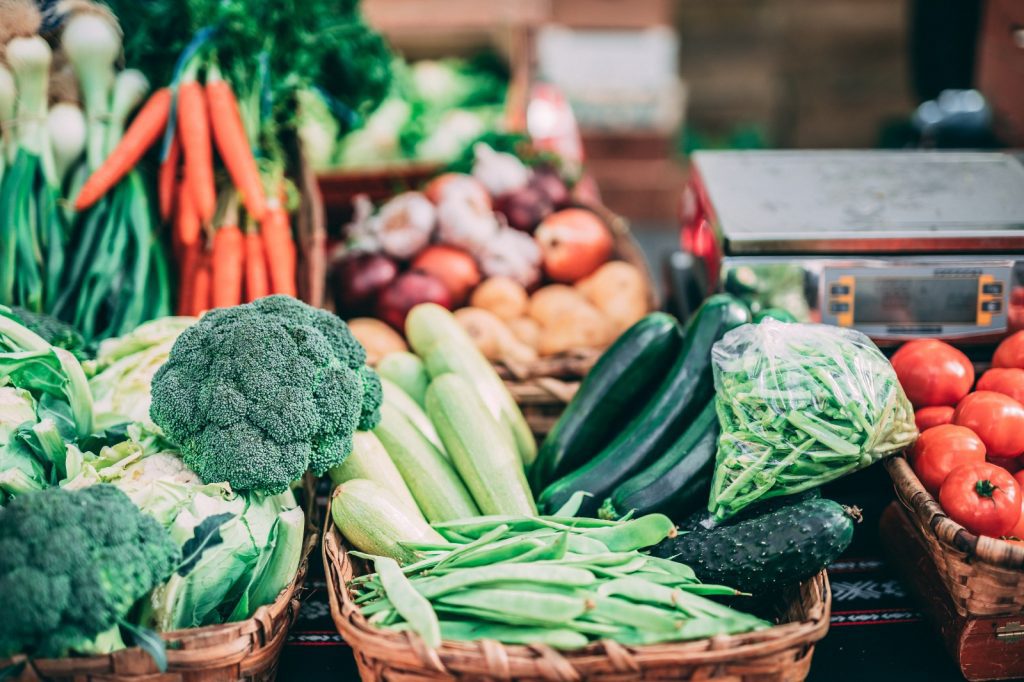Many of us have the luxury of going to a supermarket or grocery store, picking our groceries off the shelves, and placing them in our basket, without a second thought about the journey they have been on to arrive here. It is only when those shelves start to look a little bare, as many did at the beginning of the year, when Covid-19 began to impact our lives and people began to worry that food shortages were on the way. Ironically, those food shortages only arose due to increased demand as anxious people stockpiled food so they wouldn’t go hungry in the uncertain weeks that lay before them. Whilst food supply chains were largely able to continue as normal throughout the pandemic, the added pressure of increased demand from concerned consumers did put the supply systems under a lot of strain. Questions began to be asked about the sustainability of these supply chains, and how much pressure they could really withstand when tested.

A recent article by Mike Murphy for protocol.com brought attention to the rise of smaller, local growers in urban areas, and how they are beginning to out-compete larger growers which are often situated many miles away from their customers. These smaller producers have many advantages over their larger competitors, such as the ability to better meet the demands of their local community, and sell directly to consumers rather than through supermarkets or grocery stores. But how do these smaller growers do this?
A large proportion of these new, smaller producers grow their crops indoors. This means they are able to situate themselves in areas of high population density, where open space for growing crops is very difficult to come by. Indoor farming has many strengths – the climate can be carefully controlled to ensure consistency in production, crop cycles tend to be shorter due to optimised climatic conditions, and this enables higher productivity. Vertical farming, in particular, has become increasingly popular in recent years, raising significant capital from forward-thinking investors. It is not hard to see why. By adopting a vertical farming strategy, growers are able to produce a large yield on a small footprint, making these grows a perfect fit for urban areas. This means they are also close to their customers, reducing transport emissions, as well as the time it takes for food to reach consumer’s plates following harvest, increasing freshness, and maximising nutritional value and flavour.
Another strength of small, local growers is their ability to adapt quickly to meet the demands of their local community. This year we have seen how food supply chains often struggled to meet the needs of consumers, with empty shelves becoming an all too familiar sight in many countries. This problem only worsens the more steps in the food chain there are, as knowledge of customer demands takes longer to reach the producer. When the producer is able to quickly find out what consumer’s demands are, they are in a better position to fulfil those demands, and ensure the shelves stay stocked. Furthermore, due to the quick crop cycles in indoor farming, growers can adapt what they grow quickly to meet demands. Consequently, smaller growers are much better placed to provide a sustainable and consistent supply of food to their community.
Ultimately, the ideal grower will be one run by a community themselves, producing the crops they want to eat, and cutting out the middle-man that is the supermarket or grocery store. With technological advances, this is likely to become more widespread in the near future, as robotics helps humans to automate the growing process, reducing the labour cost of producing food. When food can be grown by a community, within a community, food waste will be reduced as only food that the community know they will eat will have to be produced, travel emissions will be cut to almost zero, and food shortages will be a thing of the past. This may seem like a fantasy, but we are steadily moving towards this scenario, and it is up to all of us to make sure this scenario plays out, for the good of our health and the planet’s.